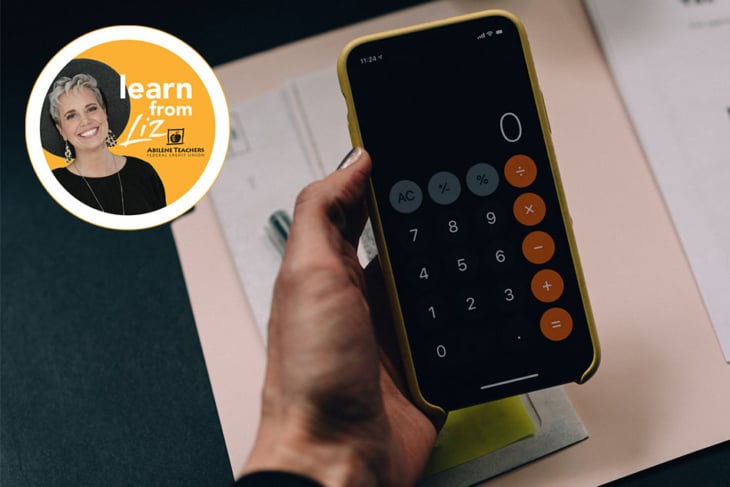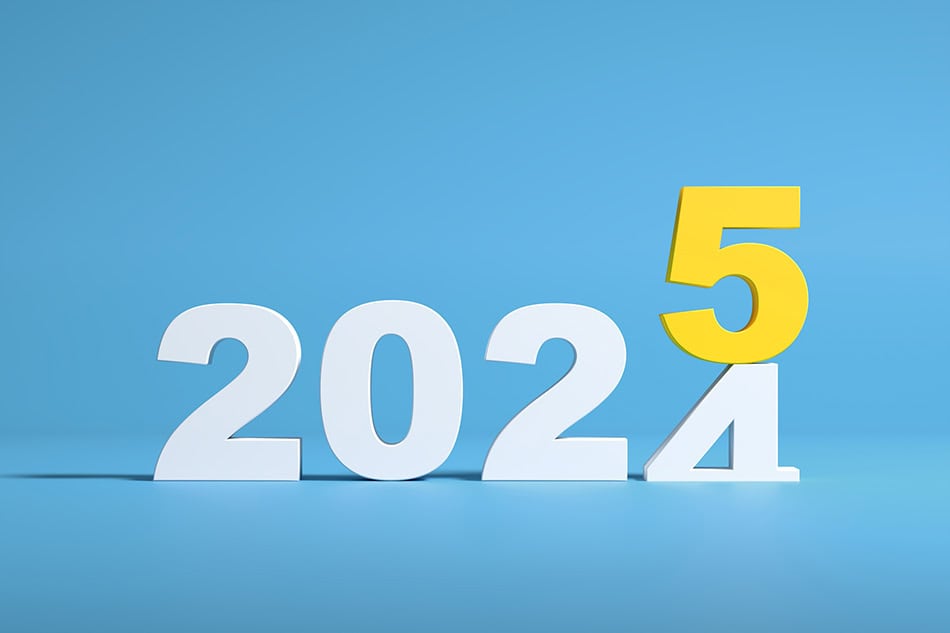Do It Today: Steps 5-8 of 12 toward Living a Debt-Free Life

In the first segment of this series, we went over steps 1-4: taking stock of your debt, not getting deeper into debt, negotiating a lower APR (annual percentage rate) on your credit cards, and creating an emergency fund. If you have not read Part 1, stop and do that now. Otherwise let’s move on to steps 5-8.
Step 5: Create a Budget
It’s time to organize your finances. Hold onto every receipt, bill, paystub and invoice you produce throughout the month. Toward the end of the month sit down with all of your paperwork and start crunching the numbers.
When you’re through, you should have all of these questions answered:
- How much is my net monthly income?
- How much are my monthly fixed expenses?
- How much are my monthly non-fixed expenses?
Now that you have the numbers in front of you, work on creating a budget. Designate the necessary funds for your fixed expenses. Then, with the remaining money, determine how much you will spend in each non-fixed expense category like groceries, clothing, entertainment, etc.
Put your minimum debt payments in the fixed-expenses category, with another category for extra debt payments in your column of non-fixed expenses.
Step 6: Trim Expenses
Now that we have a budget, let’s slim it down!
You’ve already practiced spending less thanks to Step #2 in this series. Now, it’s time to get serious about it. Take a long, hard look at the money you spend each month and find your weak spots. Where do you spend the most on unnecessary purchases? What’s your particular vice? You may find several spending traps. How can you cut back on your daily expenses? Any extra money you save goes toward your debt payments.
When I took a serious look at our spending last year our biggest vice was definitely eating out. It was just convenient for a busy family with two working parents and all of the kids’ sporting events. It was a big slap in the face when I wrote down EVERY SINGLE amount we spent in a month on eating out. We have since cut back a great deal in that area and guess what, we now have money in our savings and all bills are being paid in full each month. We got better at eating leftovers and cooking more at home. Decide what your goals and dreams are and figure out what will help you make those dreams come true.
Step 7: Create a Debt Snowball
You’ve organized your debt, you’ve set up an emergency fund and you’re working on spending less. You’re now ready to start getting rid of that debt — for good!
Choose the debt you’d like to pay down first. Financial expert, Dave Ramsey, suggests starting from the smallest debt and working your way up. You can also choose to start with the debt that carries the highest interest rate. Either way, once you’ve paid down the first loan or line of credit, you’ll move onto the next and continue to work your way through all remaining debt until you’re completely debt-free.
For now, paying off this debt will be your top priority. Be sure to pay the minimum payments on all other debts, but any extra money you have at the end of the month goes toward the first one. Start with the minimum payments you were making anyway, and add the money you’ve freed up by cutting expenses to create your debt snowball. Whenever possible, add money to your snowball to accelerate your progress.
Step 8: Boost Your Income
Increasing your income for a time will help you pay down debt faster.
There are a handful of practical ways to accomplish this. For instance, consider asking for a raise or promotion at your current workplace or seeking employment elsewhere if you feel you’ve reached your maximum earning potential at your company. You can also freelance for hire, take on a side job on weekends or a seasonal job for just a few weeks a year. You might also consider offering consulting services in your particular field.
My friend’s husband started delivering pizza just 2-3 times a week to help them pay off medical bills from when their youngest child was born. He was committed to doing that for over a year until every bill was paid off. He is no longer delivering pizzas but he said it was worth it just to see those debts decrease by the month until they were no longer there. Getting a second job is not convenient or even something you ‘feel’ like doing but if you make the sacrifice now it will pay off before you know it.
Remember: any extra money earned goes straight towards your debt snowball!
That’s all for today but get ready for the final 4 steps to help you live a debt free life!


